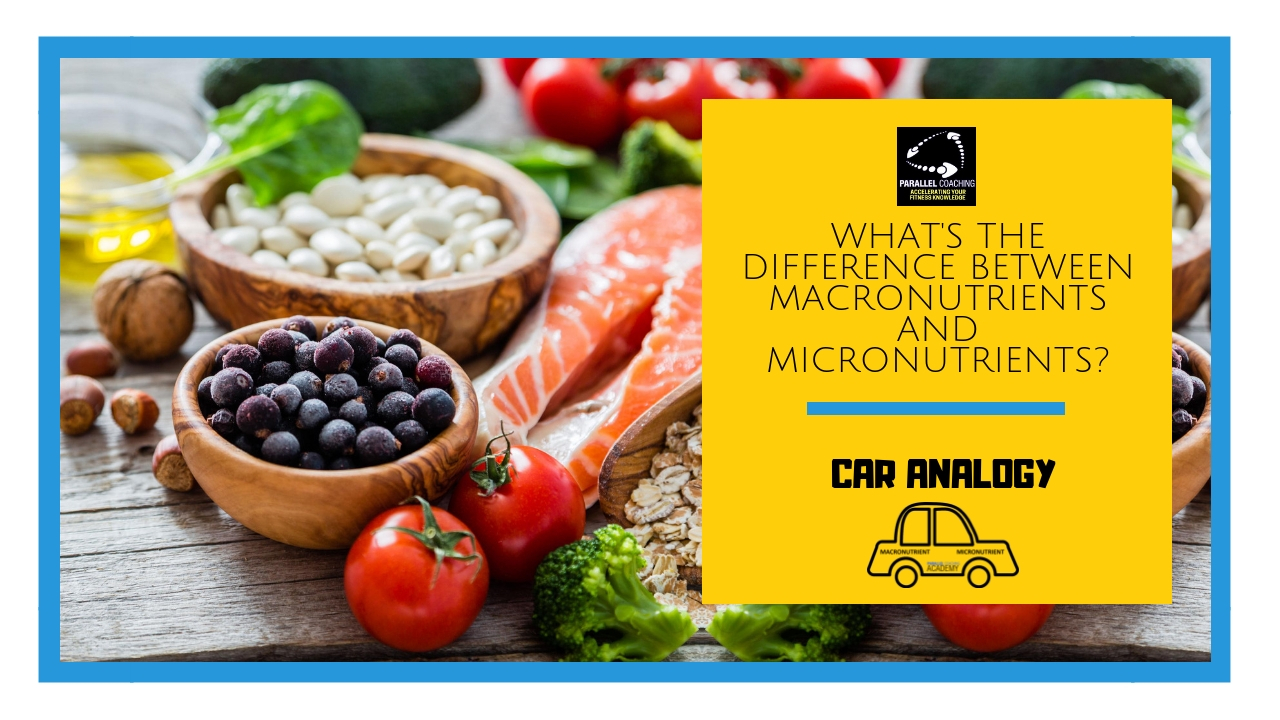

The Institute of Medicine recommends about 13 cups of water (about three liters) for men and about nine cups (or 2.2 liters) for women. It regulates our body temperature and assists in metabolism. It serves as a carrier, helping to bring nutrients to cells and removing wastes. In fact, water makes up a large portion of our bodies. Water doesn’t contain any calories or nutrients, but it is still considered to be a macronutrient since we require it in large amounts. Tofu and soy products (minimally processed) Good sources of protein (organic preferred):įish and seafood (salmon, tuna, white fish, shrimp, crab, oysters)ĭairy (minimally processed cheese, unsweetened yogurt, and non-dairy alternatives) Protein also helps support a healthy immune system. Protein in the body is used beyond just muscle - it is the core component of organs, bones, hair, enzymes, and all tissue. In total, there are 20 types of amino acids, nine of which are essential, meaning that your body requires them from food. Protein provides amino acids, which are the building blocks of cell and muscle structure. They have the highest calorie count per gram, meaning that they require more energy to burn, but at the same time, are helpful for increasing feelings of satiety, meaning they will keep you fuller for longer.įull-fat dairy and organic, grass-fed butter Legumes (beans, lentils, chickpeas, peas)įruits (apple, oranges, berries, pear, banana )įats are needed for brain development, making hormones and aiding in the absorption of fat-soluble vitamins (A, D, E, K). Starchy vegetables (potatoes, sweet potatoes, corn, beets) Whole grains (brown and wild rice, oats, amaranth, whole wheat) This is important to know because, since your brain requires fuel at all times in order to function, your body is very efficient at storing glucose (in the form of glycogen) in the liver and muscles. These are the body’s main source of energy and the brain’s primary source. If you didn’t guess it already, that meals apples are classified as a carb.Ĭarbs are made up of chains of starch and sugar that the body breaks down into glucose.

Another example would be an apple which consists of about 95% carb, 2% protein, and 3% fat. For instance, avocados consist of about 70% fat, 8% carb, and 2% protein, so even though they contain some of the other macros, they would be classified as a fat. The macronutrient that has the highest percentage in each food will determine how it is classified, e.g. Almost every food has a combination of macronutrients, but the difference lies in the composition of these macronutrients. Macro, meaning “large,” alludes to the fact that these nutrients are needed in larger quantities. Macronutrients refer to the three basic components of every diet - carbohydrates, fat, and protein - with a bonus fourth, water. They each have their own role and functions in the body. Macronutrients help us grow, develop, repair, give us energy, and make us feel good.

What we eat is essential for meeting these needs. The human body and all of its impressive mechanisms are quite complex, meaning that it requires a variety of nutrients in order to function optimally. Start your transformation today Get Your Meal Plan What are macronutrients?


 0 kommentar(er)
0 kommentar(er)
